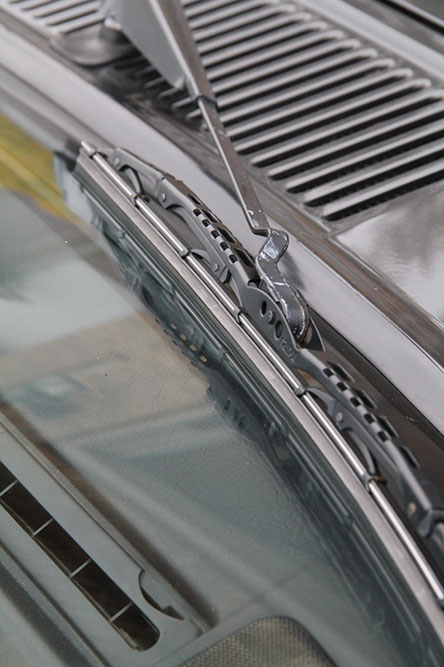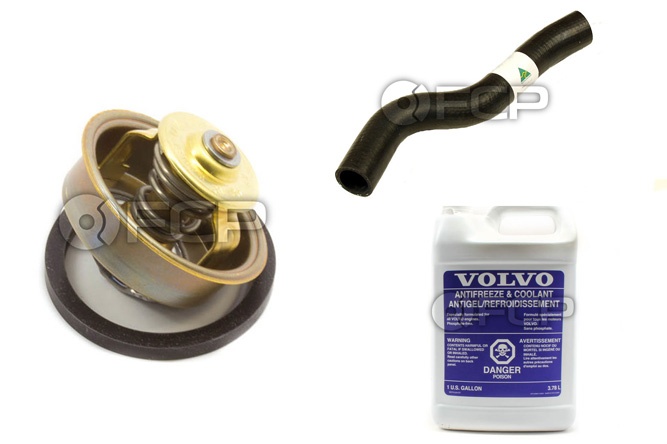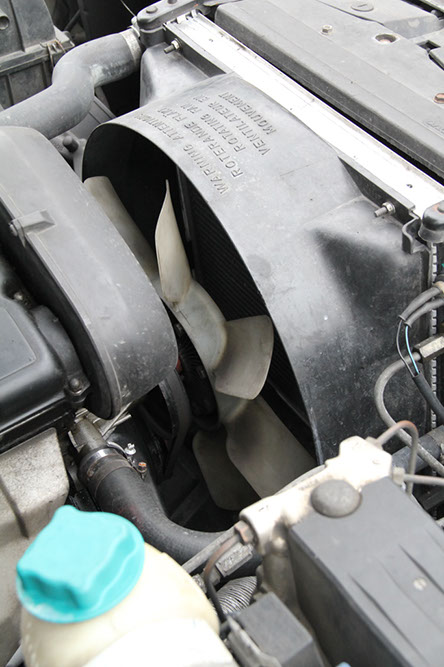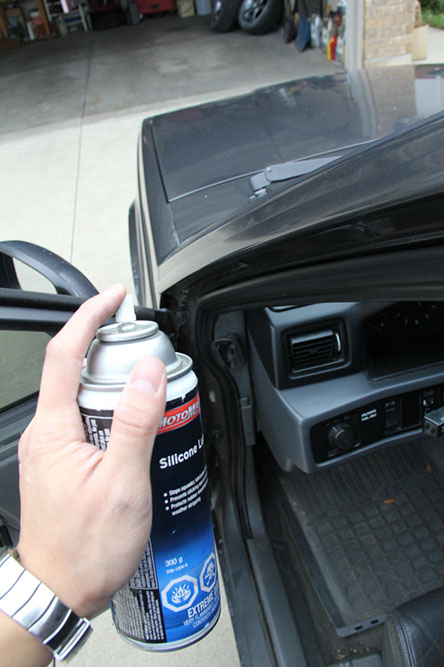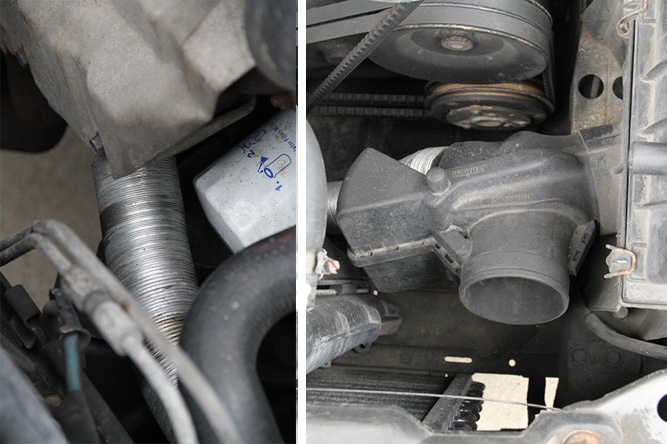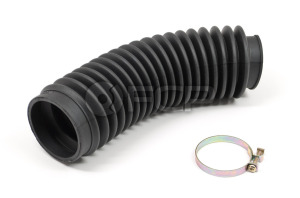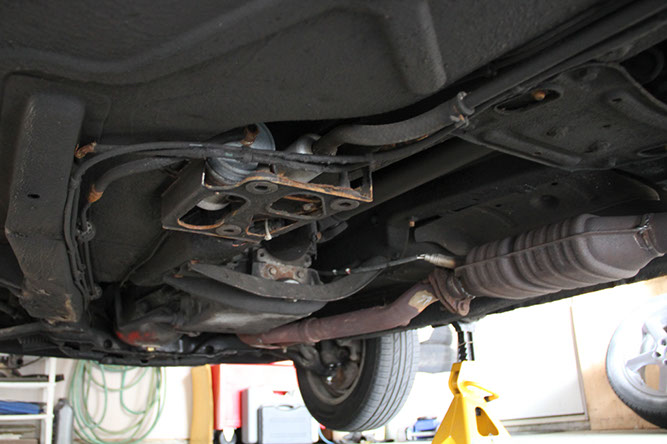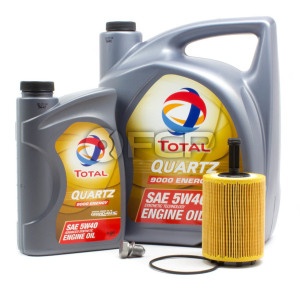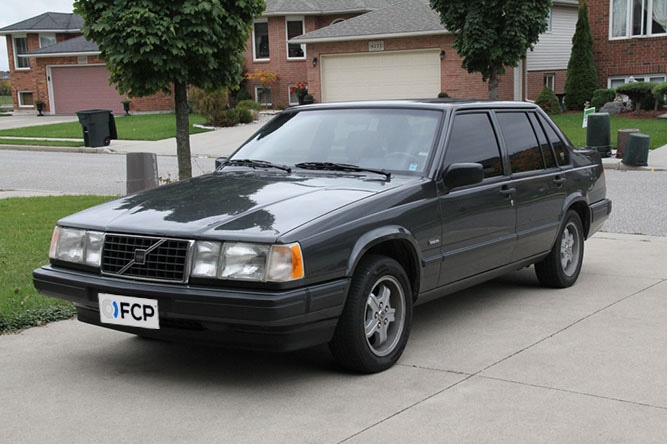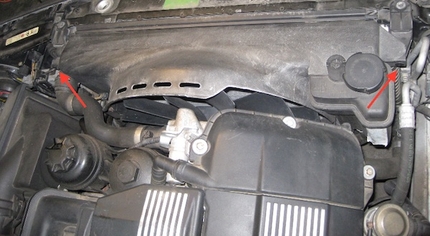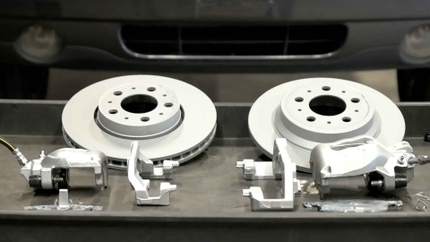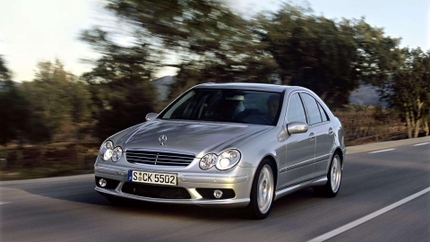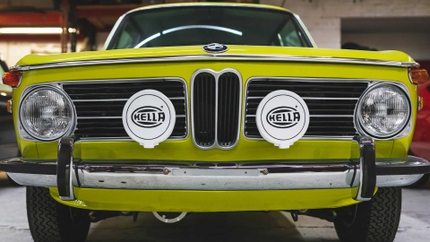The Polar Vortex this past winter was quite the weather system. Temperatures regularly dipped below negative 20C, even reaching negative 30C on a few occasions. Farther up north, it was even worse. Wind chill along lake Erie reached to 48 below zero. To put this into perspective, your regular 50/50 antifreeze mix will freeze at 36 below zero. You would need a 60/40 antifreeze/water mix to prevent freezing at these temperatures.
Luckily, for the majority of those in the US, as well as us Canadians close to the border, we don’t have to worry quite as much. As such, some simple maintenance and additions should be more than sufficient to make sure your car is ready for the snow.
1. Buy a set of Winter tires and check tire pressures
I used to be a skeptic. I always thought all-season tires were good enough. They were after all, all-season. It was only after my Dad bought a set of winter tires for his S80 that I became a believer. For those who don’t know, the rubber in all-season tires will harden at low temperatures, reducing the grip. Winter tires will stay supple, and have deep treads to grip the snow. Driving in winter conditions on all-seasons is akin to skating with a pair of rain boots. It just doesn’t work.
Now, I understand that there are varying degrees of need. If your winters aren’t that harsh and you rarely see snow, then by all means, a set of all-seasons will do just fine. Do some research on what you need versus what your budget allows. Even a budget set of winter tires or even newly touted four-season tires (different than all-season) will be much better than a set of worn all-seasons, or even…don’t get me started, summer tires.
Tire pressures will also be lower in the cold weather due to the nature of air. Just top it up, and keep an eye on them throughout the winter.
2. Make sure your wipers are up to the task
Do you enjoy driving in the rain and having streaks all over your windshield? I will guess you probably don’t. Wiper blades, like tires, will harden in the winter causing even more streaks than they do now. A new set of blades will fair better than an old set, and of course, an old set will only get worse.
Frameless blades have an advantage of allowing less ice buildup than their traditional counterparts. On long drives, or even snowy mornings, it will be easier to clear your frameless wipers of ice and snow. That’s not to say traditional blades are worthless in the winter, but frameless blades simply work better. Take it from my experience driving up north, a clear windshield means a safer drive home.
3. Check your cooling system
Having a properly operating cooling system is extremely important. First up is the mixture. The last thing you want is a frozen engine which very commonly leads to serious issues including catastrophic engine failure. Using a coolant tester, make sure it is at least a 50/50 water/antifreeze mixture. For more extreme weather, use more antifreeze. You can use the following guidelines for antifreeze concentration:
- 50% Antifreeze- up to -36C (-34F)
- 60% Antifreeze- up to -52C (-62F)
- 70% Antifreeze- Up to -64C (-84F)
Secondly, make sure you don’t have any leaks in your cooling system. Leaks will only get worse in the winter when the cold hardens the hoses. Besides, would you rather fix a coolant leak in warm or cold weather?
Thirdly, have a properly operating heater control valve and thermostat. If either are stuck in the wrong position, your heater won’t work and your engine will never warm up.
Finally, ensure your coolant cap holds pressure. Although this is important all the time, it is doubly important in the winter for your own comfort. A cap holding pressure will ensure your coolant will warm up to optimum temperature which also means your heater will work properly. The last thing you want is a cold cabin on a long drive. Ask me how I know.
4. Ensure your mechanical engine fan works properly
I guess you could say this is another bit of know-how from experience. Over the past winter, my car never seemed to warm up quickly enough. Even when it did, the heat from the vents was only marginally acceptable. To make a long story short, the viscous clutch fan was engaged all the time. During the colder days, the airflow from the fan alone cooled the engine more than it was designed to. Replace it with, or fix it up, as long as it works properly. Electric-fans need not apply here.
5. Spray all your rubber seals with silicone spray
Ever had a day that your car door was frozen shut? If you have, you’ll immediately understand the need for silicone spray around all the seals of your car. Rubber seals coated in silicone not only seal better, but resist freezing shut to the body on cold winter evenings.
6. Check your airbox thermostat valve and airbox heater hose connection (select cars)
I can’t say I’m familiar with other cars which use an airbox thermostat apart from select Volvos, but in any case, the use of this contraption is to route intake air past the exhaust manifold to help the car warm up faster. In addition to warming the car faster, it will prevent the possibility of a frozen throttle plate. Above 10C, the valve should be directing fresh air into the airbox. Below that, the valve should be directing warm air past the exhaust manifold. The valve usually fails in the hot position, so if its closed, and the temperature is warm, you’re probably looking at a replacement.
7. Check your steering and suspension bellows, and CV boots
During the winter, slush and salt will inevitably be strewn all over the underbody of your car. This includes your steering rack. If you have a torn rack bellows, the worst kind of dirt will land on there and potentially ruin seals requiring a new steering rack. Do yourself a favor and make sure these bellows are fine. This also goes for CV boots and suspension bellows, where isolation from dirt and salt will go a long way to increasing their lifespan.
8. Seal rust spots on your underbody
Jack up the car and take a look at your underbody. If you have some spots which are starting to rust, spray over them with some rubberized underbody coating. Sure, it’s already started to rust, but some protection is better than none. Even better, clean off the rust first.
9. Have the proper oil in your engine
This is probably one of the most important steps for older vehicles. Cold oil will flow less easily than hot oil. In the winter, it can be beneficial to fill your car with slightly thinner oil to make starts easier and protect the engine from oil starvation in the first few seconds of operation. A clean oil filter will also contribute to better flowing oil. 5W30 is generally good enough for use all year round. If you previously filled with 10W30, it may be worth it to do an oil change before the winter.
10. Give your car a wash and wax
Before the weather gets cold enough to freeze the water on your car, give it a good wash and wax. The layer of wax will help protect the paint from the harsh winter weather and road salt. Even better, give it two coats of wax, or just double up on the lower parts of your car.
There are still many other little things you can do to winterize your vehicle that I haven’t mentioned here. If you have more tips that you want to share with us, feel free to leave them in the comments and maybe they’ll appear in this list!
 About the Author: Tim Wong
About the Author: Tim Wong
Tim is a Canadian from Windsor, which means he has plans to use his Volvo as an emergency space heater. He is a mechanical engineer by day and backyard mechanic by night. His mantra in life is to never break another bolt.


